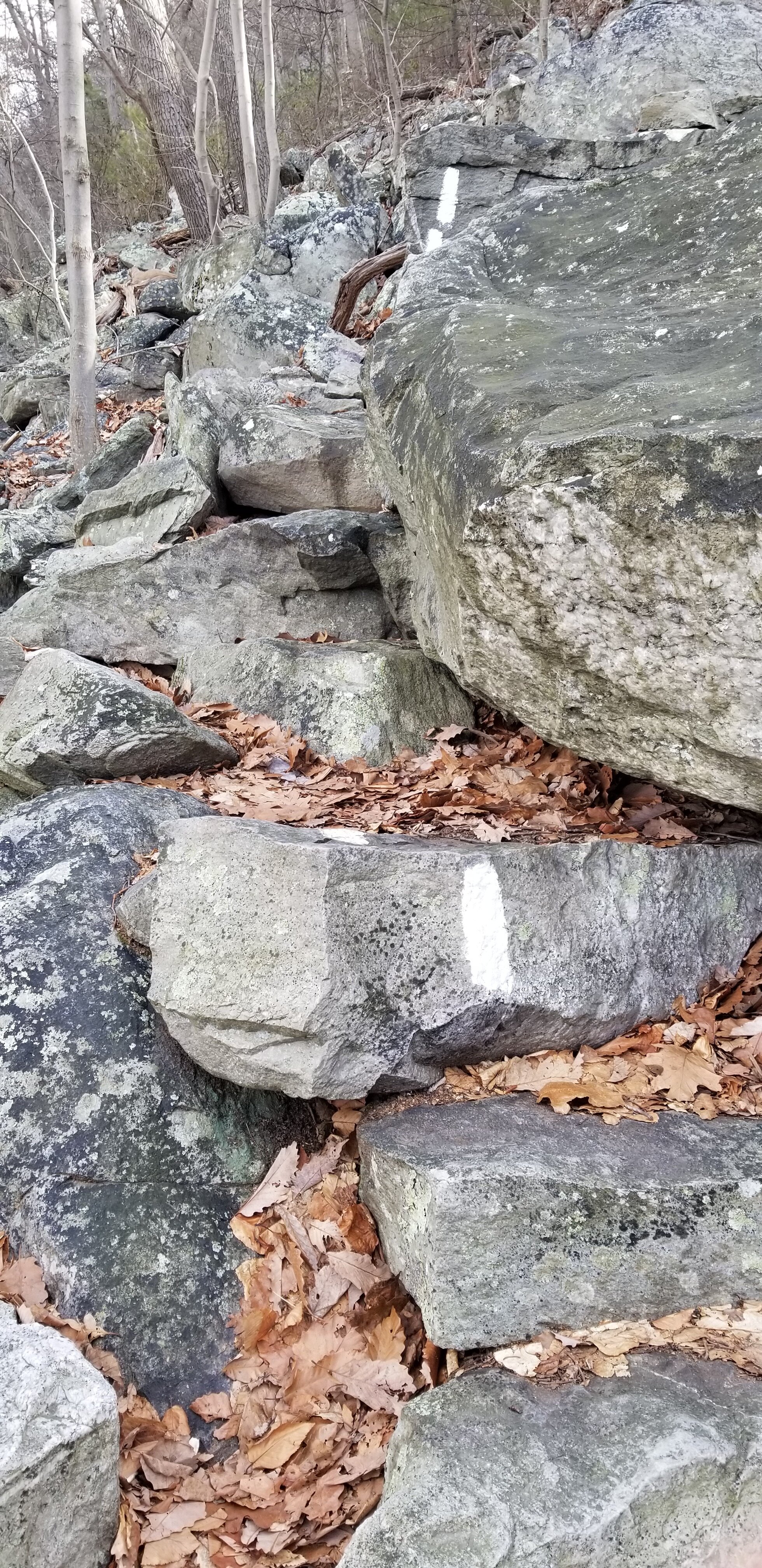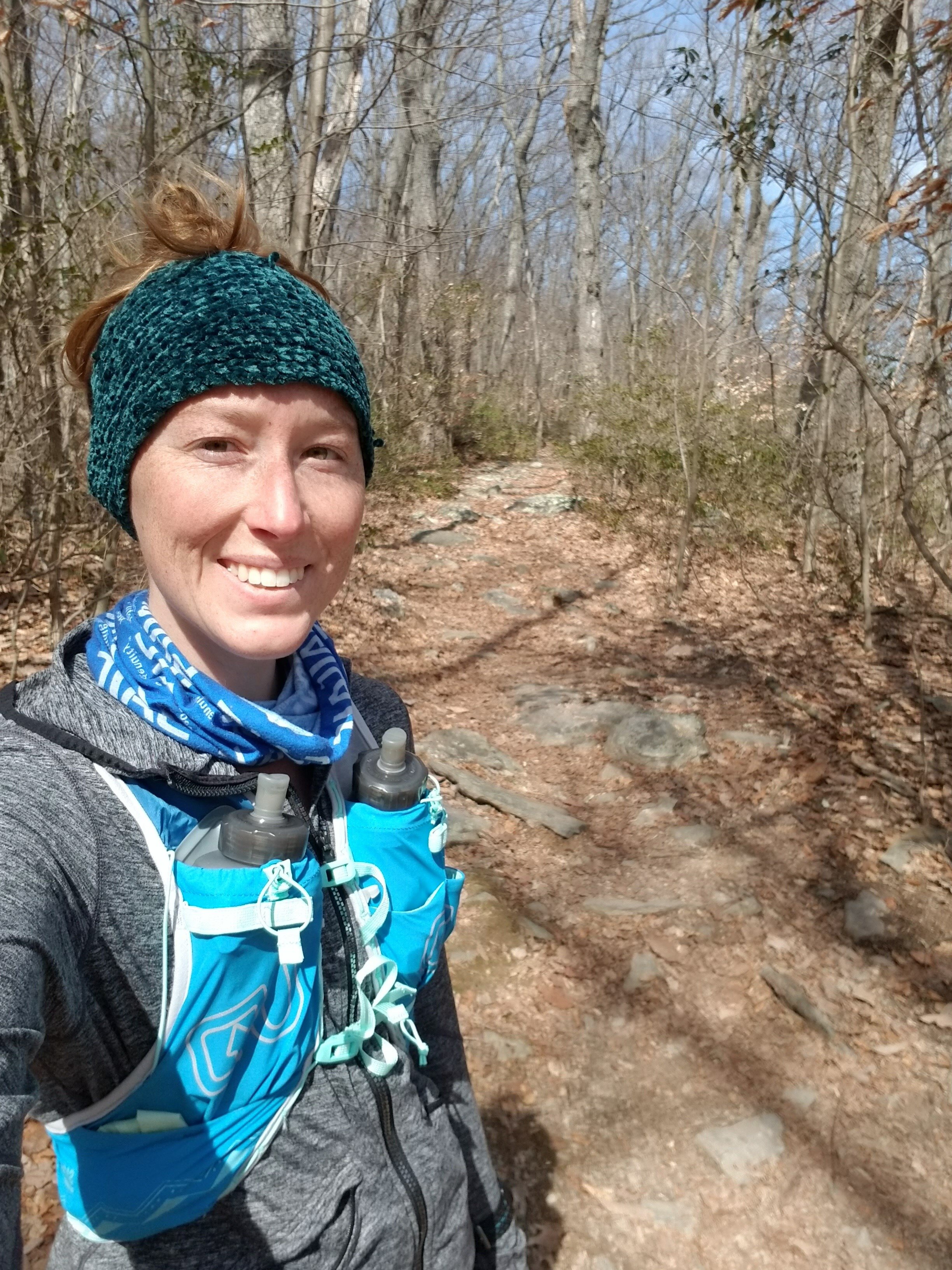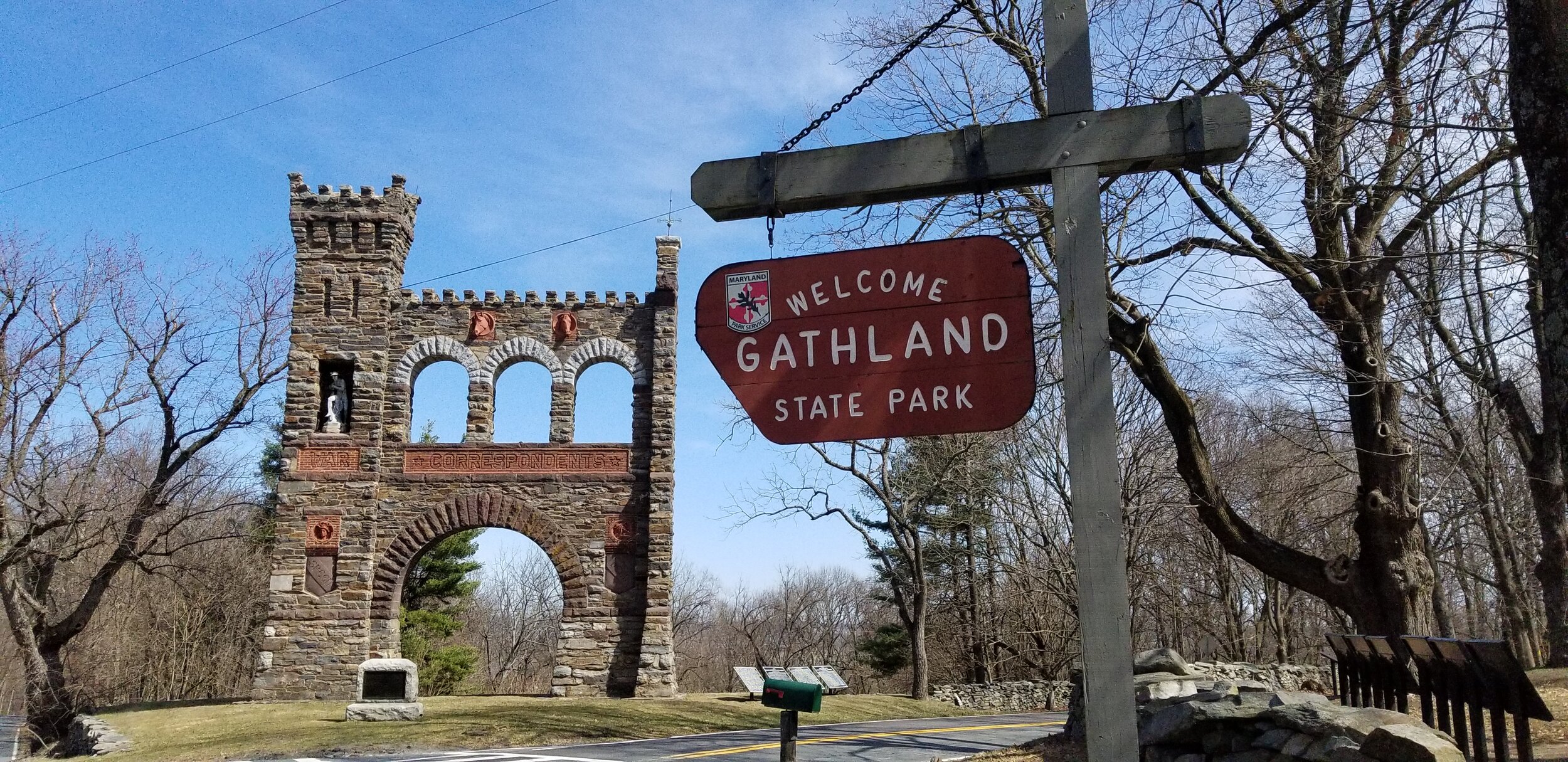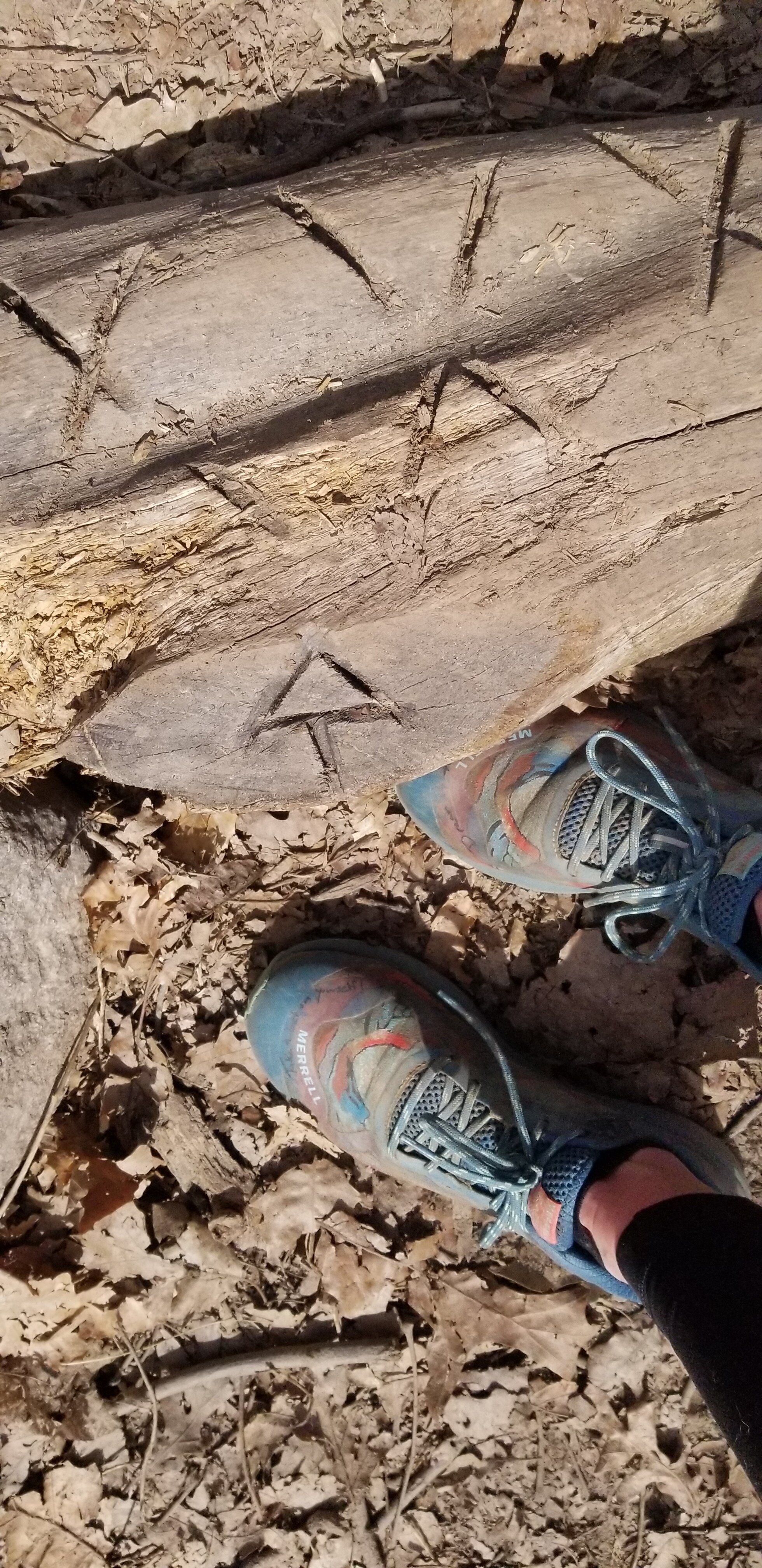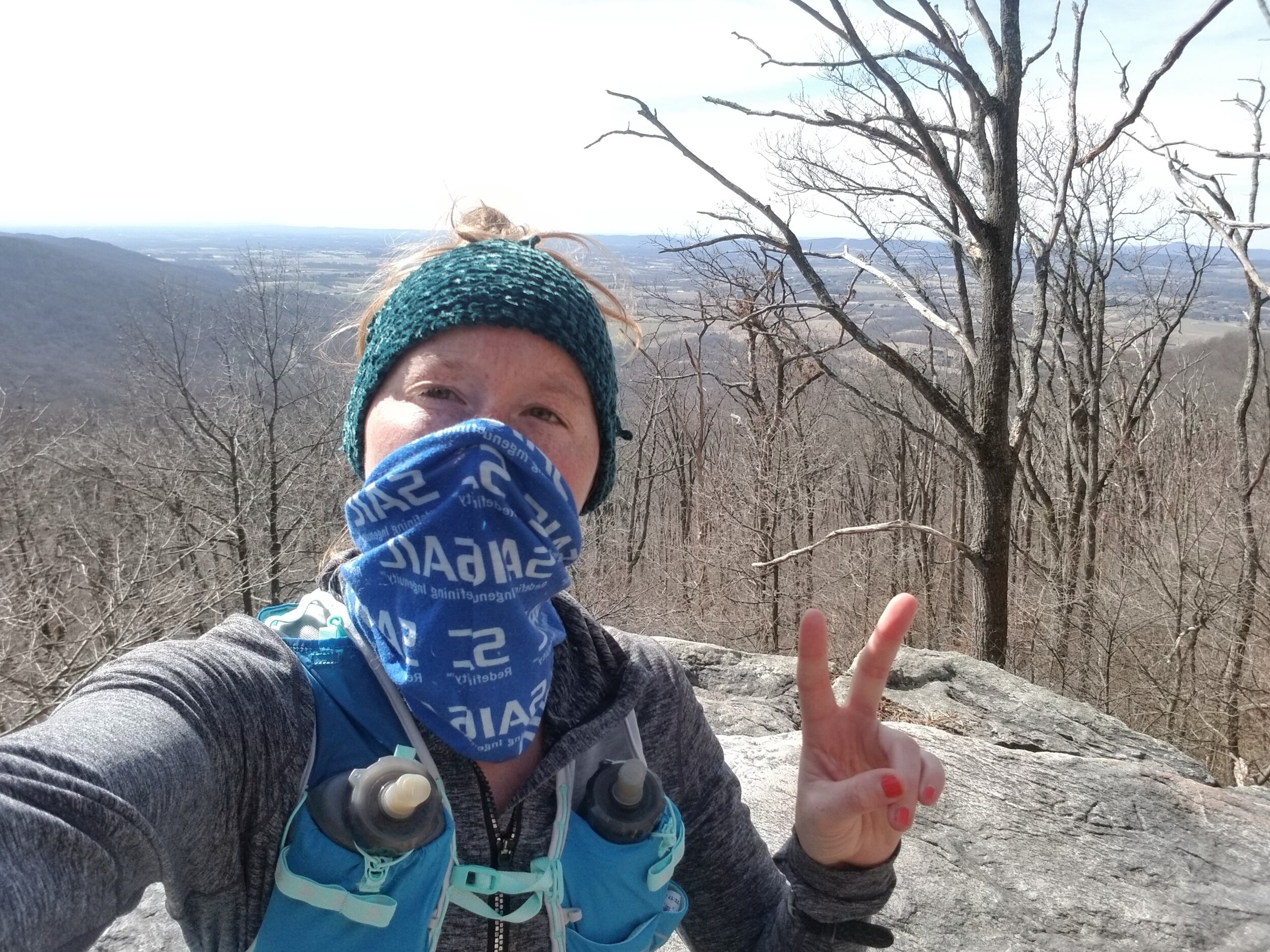Growing up in the foothills of the Appalachian Mountains, I have treasured her ancient slopes since before I can remember. I learned how to drive (a manual at that) on her winding one lane roads. I was taught mountain ecology on hikes with my ever-curious father. Prom dinner was at a restaurant nestled right along her spine. I watched with envy as my brothers embarked on backpacking trips with the boy scout troop, traversing miles of mountain trail over long weekends with all their friends. I told myself one day I too would come back with wicked memories of time on trail, just like them.
Over the years, my love for adventure along the Appalachian Trail evolved from simple day-hikes to backpacking. Eventually, that love for running evolved to a love for trail running. Embracing the wild of the mountain trail for hours on end became an escape for me. I heard people ran along the AT, but wasn’t quite convinced. In the lead up to my first 50k, I decided to give it a go. From a trailhead near my hometown, I stepped on to the trail with a new vision in front of me, and slowly built my confidence in gliding along the undulating rocky trail.
A Challenge Unfolds
When the coronavirus pandemic descended upon the United States, I had just been cleared to run again after over a year of recovery from an ankle break that just did not want to heal. Stuck at home in Washington, DC, I used running as my escape from the world. I began to log local miles, masked and distanced. I ran along the Anacostia River multiple times a week, soaking up a little urban outdoor oasis.
By May, my early and eager motivation to remain active during lockdown began to fade. Given that I had nothing to do when I wasn’t working, I knew this dip in motivation was bad news for myself. Surreptitiously one day, I received an email from the folks who put on the Patapsco 50k I ran back in 2017 – turned out they had put together a coaching business and were looking for athletes right at the time I was looking for coaching support.
I told my coach my goal for the year was to complete a solo marathon. And so that’s what I trained for. Throughout the summer and into the fall I trained diligently. But as the fall faded to early winter, I lost complete and utter motivation once again. I ran my 20-mile training run, then just … stopped. I just didn’t want to run anymore. I was tired. Exhausted. Burnt out and emotionally zapped. I hit pause on running. I just couldn’t stomach the idea.
As the holidays came and went, the seed of an idea that had been planted when I first stepped on the Appalachian Trail with my running shoes years before began to germinate. My next running project. My winter motivation.
I was going to run the Maryland section of the Appalachian Trail. I was going to do it solo.
Maryland Section of the AT
The Appalachian Trail in Maryland is quite short, all things considered. Just around 42 miles from border to border, the trail cuts through a narrow part of the state along the Frederick and Washington County borders.
The trail in this area is relatively well trafficked, given its vicinity to Washington and Baltimore, as well as all the towns and communities in the surrounding vicinity. I have never been out on the trail and not seen another person.
Over the course of those 42ish miles, there is roughly 7,000 feet of elevation gain. These gains are primarily achieved through a series of major climbs, supplemented by some continuous rolling trail, especially in the northern portion.
Training
I had never run further than about 34 or so miles before, and never gained more than about 4,600 feet of elevation in any race. This was truly going to be a challenge of pure physical and mental strength for me.
Between Christmas and New Years, my grand plan began to shape. I knew my motivation was likely to wane if I pushed this idea off too far into the future. I also knew I was not in super solid endurance shape. And I knew I was turning 30 in April, and it would be my second COVID birthday to boot.
My 30th birthday became my goal. Do something epic to signify the changing decade and set the tone for what I wanted out of the next chapter of my life.
I created a spreadsheet for training, with day-to-day instructions for how I would get to where I needed to be. I began with a master training log – projecting out long runs, and anticipating weekly volume and elevation needs to get my body to where it needed to by my birthday.
The plan started on December 28th, with week 1 training volume at 23 miles, slowly ramping up to 30 miles by week 5 and 40 miles by week 11. I take my mileage volume load very seriously these days after a devastating injury training for the New York Marathon a few years ago.
I got even more specific in the early days, creating a day-to-day specific training plan, which articulated how I should be running my weekly mileage (slow, hills, intervals, etc). And to make sure I was getting out of the city and getting elevation beneath my feet, I created a master long-run tracker. I focused in the early days of my long-runs with easy trails near my house. As the mileage began to creep up, my focus became ensuring I knew every portion of the MD section of the AT, as I would be solo for most of the run.
Turns out, I pretty much stuck to NONE of this plan, beyond generally ramping up my mileage at a consistent click and making sure my long runs got me out on the AT and experiencing the sections I didn’t know.
By February, the weather was gross. There was ice everywhere. My long runs were supposed to start getting me up into the mountains, but local intel (my father) told me the trail was socked in, covered in thick layers of ice. I suffered through city running through February, but got increasingly nervous about not knowing the AT terrain well enough by the time my birthday rolled around.
I took a risk in early March, and went to the PA border with a planned 19-miler south from PenMar. This was the section I knew the least, and it was the most important for me to train on this section. What a horrible mistake this decision was.
I arrived to the trail around 10AM. The temperature never rose above freezing that day, and 12-20 mile per hour winds were whipping around the mountain. I walked to the PA border from the parking lot, then started running south. Within just a short distance, the terrain takes a sharp turn for the worse. And by worse, I mean boulder fields. Boulder fields which happened to be covered in ice and snow. For most of the 19-mile run that day, I was participating more in a sport akin to parkour than to trail running. All I tried to do was not fall. It was miserable. I cursed this section and dreaded my return in a few weeks.
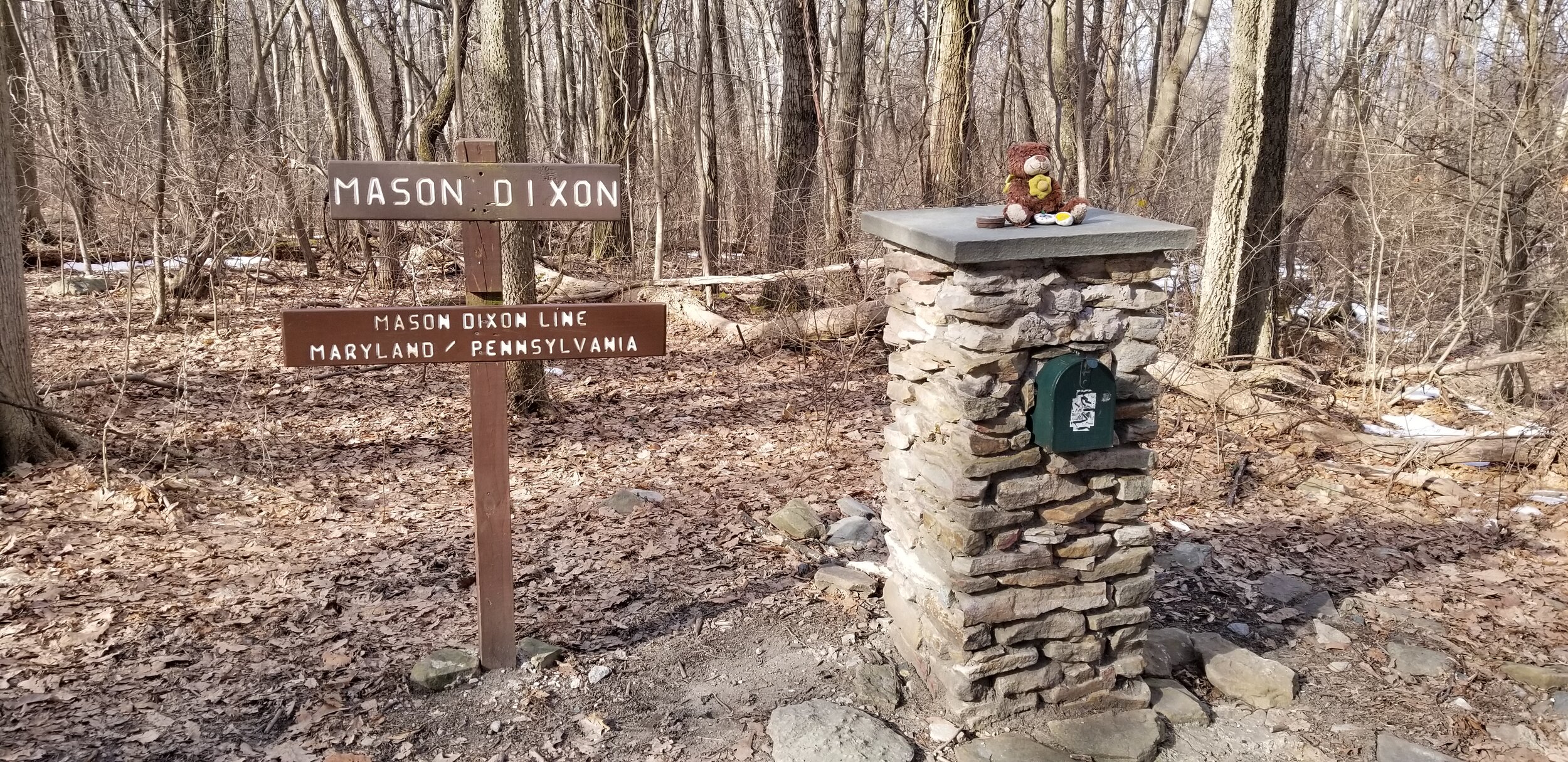
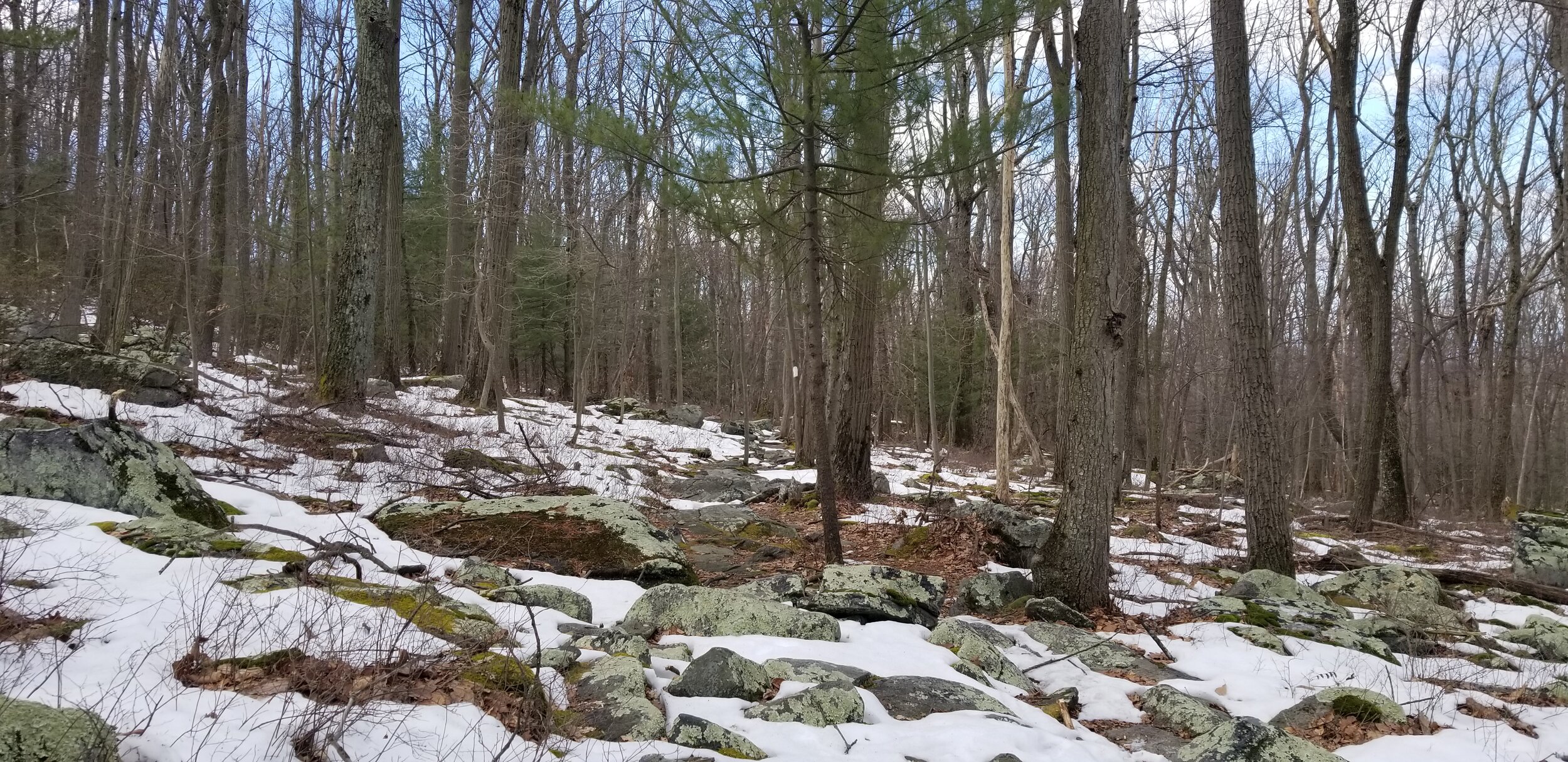



The following weekend I headed back to the AT, this time to run from Washington Monument State Park south through Gathland for a 22-mile final long-run effort. I was not in the mood to run the morning I went up there. Some pretty hard stuff was going on at work the week before, and I really hadn’t slept at all that week. Saturday rolled around and it took everything in me to get up drive.
Once I started running, I had a bit of a meltdown on the trail. At mile 4, I pulled off the trail and had a little pity party. Tears were shed. Calaculations were made: if I turned around and ran back to my car, I would have only run 8 miles on the day. Not enough for my last long run of the training cycle. I’d have to go out again, and I’d have to come back to this section. I told myself ‘just two more miles out, see how you feel’, and started running again. I didn’t feel great, but told myself ‘just another mile out, see how you feel’. And kept doing that until I turned around at mile 11.
After this last long run, my training went to pretty much zero until the 42-mile attempt. My ankle was really bothering me, shooting sharp pains that were deeply concerning. My knee was also tweaked and not in great shape. I know enough to know that you shouldn’t just push through pain, especially at the end of a training cycle. I trusted the process, and rested, and waited.





